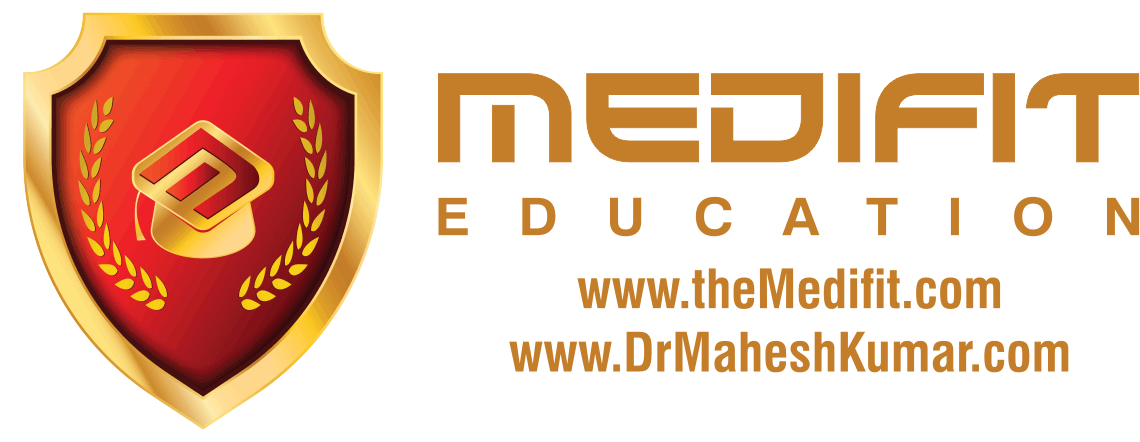This video and more updated versions of similar videos are available for instant download licensing https://www.alilamedicalmedia.com/-/galleries/narrated-videos-by-topics/diabetes ©Alila Medical Media. All rights reserved. Support us on Patreon and get FREE downloads and other great rewards: patreon.com/AlilaMedicalMedia All images/videos by Alila Medical Media are for information purposes ONLY and are NOT intended to replace professional medical advice, diagnosis or treatment. Always seek the advice of a qualified healthcare provider with any questions you may have regarding a medical condition. Diabetes refers to a group of conditions characterized by a high level of blood glucose, commonly referred to as blood sugar. Too much sugar in the blood can cause serious, sometimes life-threatening health problems. There are two types of chronic diabetic conditions: type 1 diabetes and type 2 diabetes. Pregnant women may acquire a transient form of the disease called “gestational diabetes” which usually resolves after the birth of baby. Pre-diabetes is when the blood sugar level is at the borderline: higher than normal, but lower than in diabetics. Prediabetes may or may not progress to diabetes. During food digestion, carbohydrates – or carb – break down into glucose which is carried by the bloodstream to various organs of the body. Here, it is either consumed as an energy source – in muscles for example – or is stored for later use in the liver. Insulin is a hormone produced by beta cells of the pancreas and is necessary for glucose intake by target cells. In other words, when insulin is deficient, muscle or liver cells are unable to use or store glucose, and as a result, glucose accumulates in the blood. In healthy people, beta cells of the pancreas produce insulin; insulin binds to its receptor on target cells and induces glucose intake. In type 1 diabetes, beta cells of the pancreas are destroyed by the immune system by mistake. The reason why this happens is unclear, but genetic factors are believed to play a major role. Insulin production is reduced; less insulin binds to its receptor on target cells; less glucose is taken into the cells, more glucose stays in the blood. Type 1 is characterized by early onset, symptoms commonly start suddenly and before the age of 20. Type 1 diabetes is normally managed with insulin injection. Type 1 diabetics are therefore “insulin dependent”. In type 2 diabetes, the pancreas produces enough insulin but something goes wrong either with receptor binding or insulin signaling inside the target cells. The cells are not responsive to insulin and therefore cannot import glucose; glucose stays in the blood. In other words, type 2 diabetics are “insulin resistant”. Here again, genetic factors predispose susceptibility to the disease, but it is believed that lifestyle plays a very important role in type 2. Typically, obesity, inactive lifestyle, and unhealthy diet are associated with higher risk of type 2 diabetes. Type 2 is characterized by adult onset; symptoms usually appear gradually and start after the age of 30. Type 2 diabetes accounts for about 80 to 90% of all diabetics. Management focuses on weight loss and includes a low-carb diet.
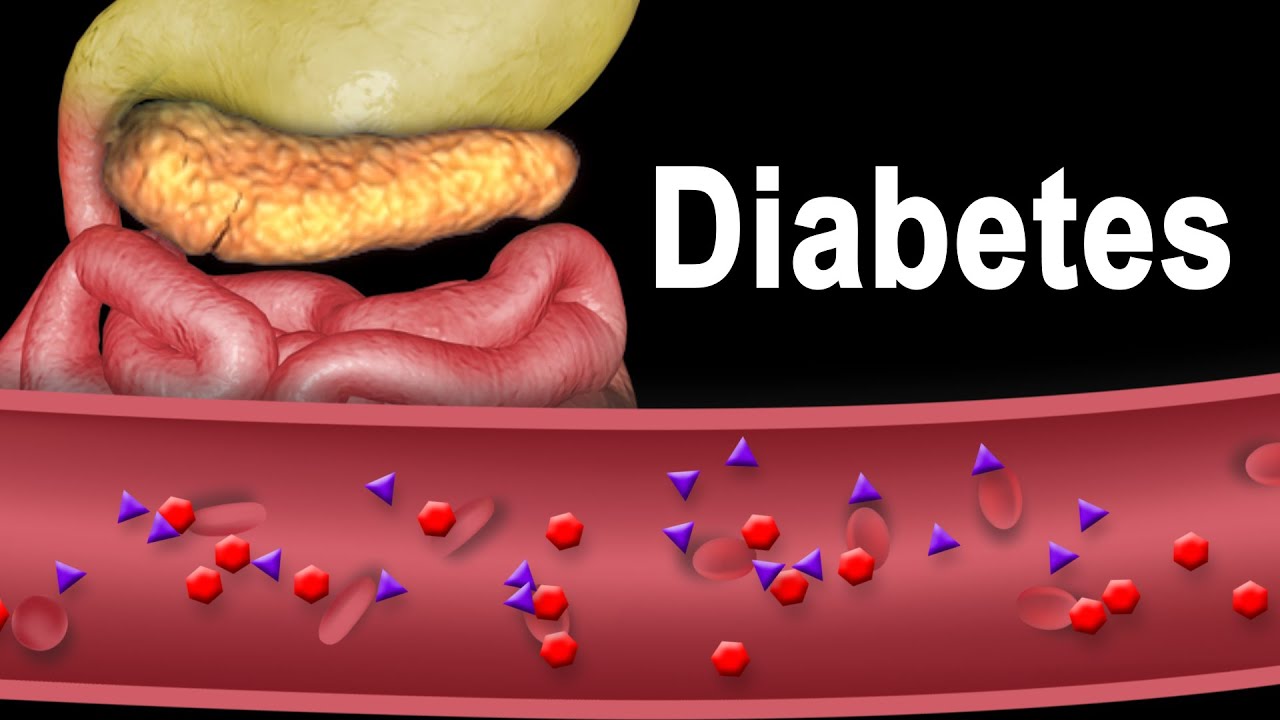
Diabetes Type 1 and Type 2, Animation.
- Post author:
- Post published:May 24, 2021
- Post comments:0 Comments
You Might Also Like

Intense Pyramid Warm Up – Circuit Training Ideas

Genes, DNA and Chromosomes explained
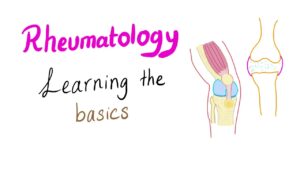
Rheumatology Video – 2

How To Cure Arthritis – Home Remedies for Arthritis – Arthritis Treatment – ekunji
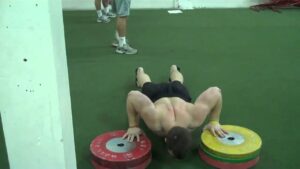
Human Body, Body Building Muscle Building Anatomy Physiology Video – 13

3 Min Meditation video , Stress Relief………
![Read more about the article [Human Body 8] Make sure you know about FEVER](https://videos.drmaheshkumar.com/wp-content/uploads/2021/05/Human-Body-8-Make-sure-you-know-about-FEVER-300x169.jpg)
[Human Body 8] Make sure you know about FEVER
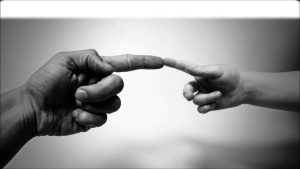
Fitness Definition Biology
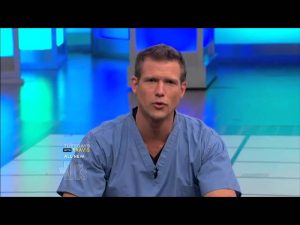
Good or Bad Vitamin Supplements Medical Course

Xenical / Orlistat / diet pills – Why I quit after 2 months – Video #4 of 4
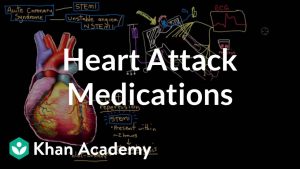
Heart attack (myocardial infarct) medications | NCLEX-RN | Khan Academy
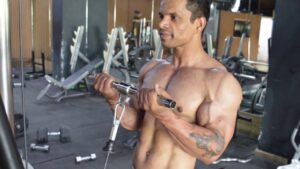
How to do Standing Bicep Cable Curl exactly – Biceps Workout

Should I take BCAA’s? or Branch Chain Amino Acid Supplements???

Water Nutrition Video – 1

THE Lactation Video to Watch Before Birth

High Blood Pressure and Your Kidneys – A to Z Guide

Cholesterol Lowering | Diet Plan | Sample menu in animation | How to reduce cholesterol
![Read more about the article Osteoporosis [Bone Disease] | Simple & Effective Natural Home Remedies for Osteoporosis & Arthritis](https://videos.drmaheshkumar.com/wp-content/uploads/2021/05/Osteoporosis-Bone-Disease-Simple-Effective-Natural-Home-Remedies-for-Osteoporosis-Arthritis-300x169.jpg)
Osteoporosis [Bone Disease] | Simple & Effective Natural Home Remedies for Osteoporosis & Arthritis

Diazepam
One Arm Row Dumbbell-7
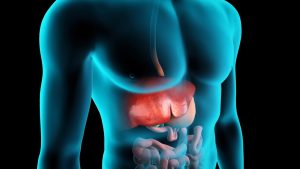
What Does Your Liver Do?
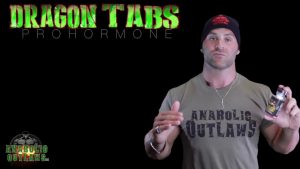
Anabolic Outlaws Presents : Dragon Tabs
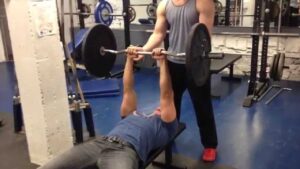
Lying Barbell Triceps Extension

Intermittent Fasting & Fasting Video – 16

Fat Loss, Weight Loss Video – 14

Powerful All Natural ANTIOXIDANT & HEALTHY JOINTS!
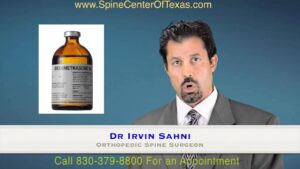
Types of Steroids
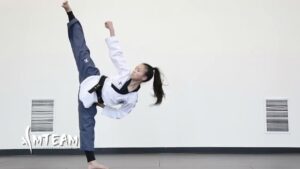
Taekwondo Video – 2

Nutrition 101 : How to Eat Peanut Butter to Gain Weight

METABOLISM BOOSTING Cardio — Workout to INCREASE METABOLISM
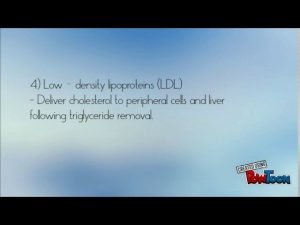
Simple Lipid Presentation

Does Finasteride Only Work in the Crown?
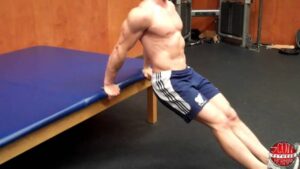
How To: Bench Dip

Liver Function Tests – What You Need to be Aware of

What is Osteoporosis?

Physician Therapeutics Medical Foods
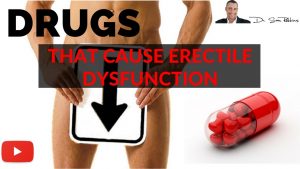
♂ Drugs That Cause Erectile Dysfunction & Lower Your Libido – by Dr Sam Robbins
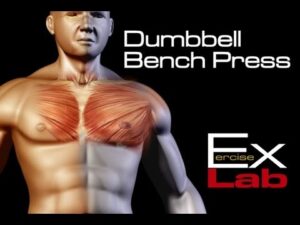
Flat Bench Press Dumbbell-6

Hip extension vs.back extension

Dangers Of Elevated Liver Enzymes

Bodybuilding Nutrition, Diet Recipes & Workout – 33

